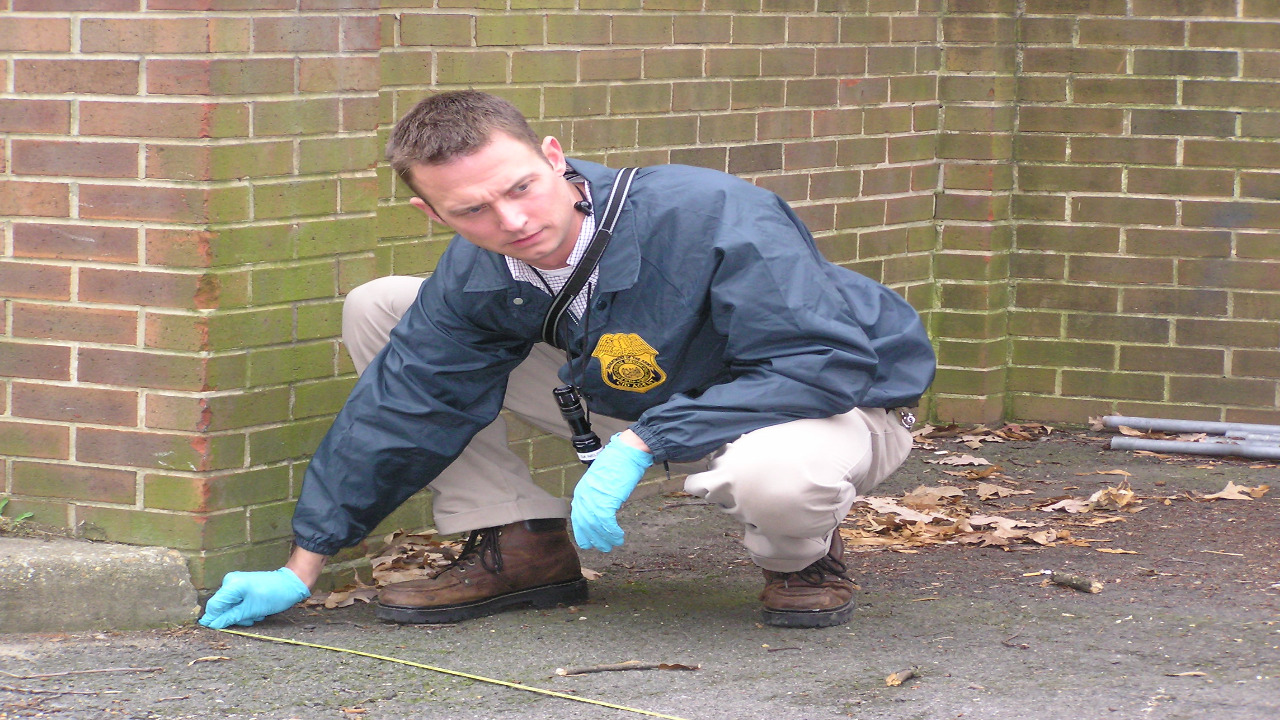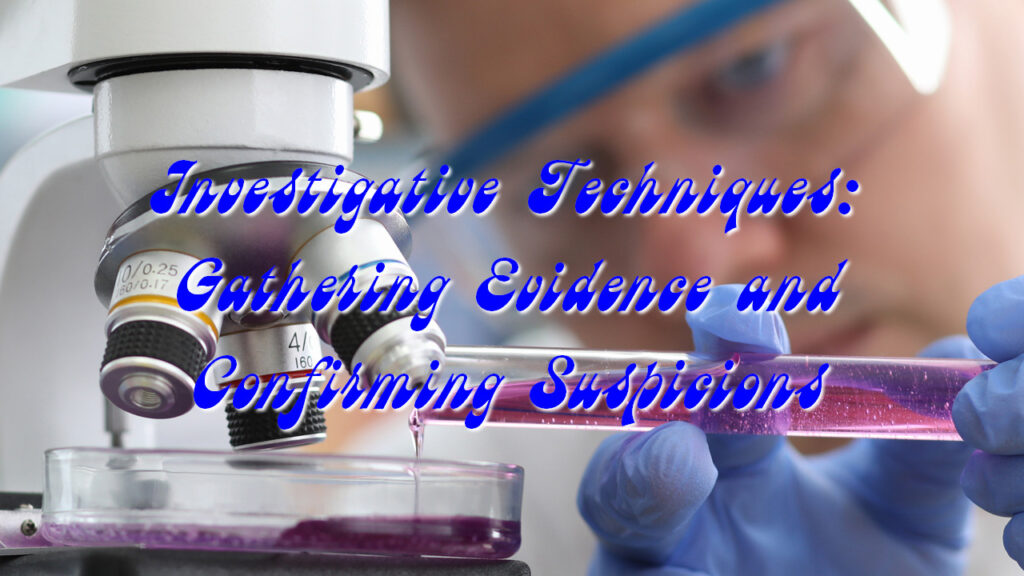In any investigation, gathering evidence and confirming suspicions are crucial steps to establish the truth and bring justice to a situation. Investigators employ various techniques to collect evidence, analyze data, and corroborate their suspicions. This article explores some commonly used investigative techniques and the importance of confirming suspicions through robust evidence gathering.
I. Initial Assessment and Information Gathering

Before initiating an investigation, investigators conduct an initial assessment to understand the nature of the case and gather relevant information. This involves analyzing the available facts, witness statements, and any existing records or documentation related to the incident. By comprehensively assessing the situation, investigators can form preliminary suspicions, which guide their subsequent efforts.
II. Forensic Examination
Forensic examination plays a critical role in gathering evidence during investigations. Forensic experts utilize scientific methods to analyze physical evidence such as fingerprints, DNA samples, fibers, or ballistics to link individuals or objects to a crime scene. They employ specialized tools and techniques to extract valuable information, which can confirm or disprove suspicions and provide crucial leads.
III. Surveillance and Stakeouts

Surveillance and stakeouts are commonly employed to gather evidence in investigations involving suspicious activities or individuals. Investigators discreetly observe and monitor the movements and behaviors of suspects using techniques such as video recording, photography, or undercover operations. This allows them to gather real-time evidence, identify patterns, and establish connections between suspects and their activities.
IV. Witness Interviews and Interrogations
Interviewing witnesses and conducting interrogations are essential steps in any investigation. Skilled investigators employ techniques to elicit accurate and reliable information from witnesses and suspects. These techniques may include active listening, open-ended questioning, and building rapport. By carefully analyzing witness testimonies, investigators can identify inconsistencies, corroborate evidence, or uncover new leads.
V. Digital Forensics
In today’s digital age, digital forensics has become a vital investigative technique. Investigators employ specialized tools and techniques to retrieve and analyze digital evidence from devices such as computers, smartphones, or storage devices. This can include recovering deleted files, examining browsing history, or analyzing communication records. Digital forensics helps investigators gather electronic evidence, confirm suspicions, and establish a digital trail of activities.
VI. Collaborative Efforts and Information Sharing

In complex investigations, collaboration between different agencies and stakeholders is crucial. Investigators work in coordination with law enforcement agencies, forensic experts, and other relevant parties to share information, expertise, and resources. This collaborative approach enhances the efficiency and effectiveness of evidence gathering and helps in confirming suspicions through a collective effort.
VII. Analyzing Financial and Transactional Data
In cases involving financial crimes or fraud, analyzing financial and transactional data becomes essential. Investigators examine financial records, bank statements, transaction histories, and other related documents to identify irregularities, money trails, or suspicious activities. This meticulous analysis helps in gathering concrete evidence to confirm suspicions and establish the motive behind the crime.
Conclusion
Investigative techniques for gathering evidence and confirming suspicions are essential in establishing the truth and ensuring justice. Through initial assessment, forensic examination, surveillance, witness interviews, digital forensics, collaborative efforts, and financial analysis, investigators can gather robust evidence to support their suspicions. These techniques, when applied diligently and ethically, strengthen the investigative process, increase the chances of successful prosecution, and contribute to a fair and just outcome.
